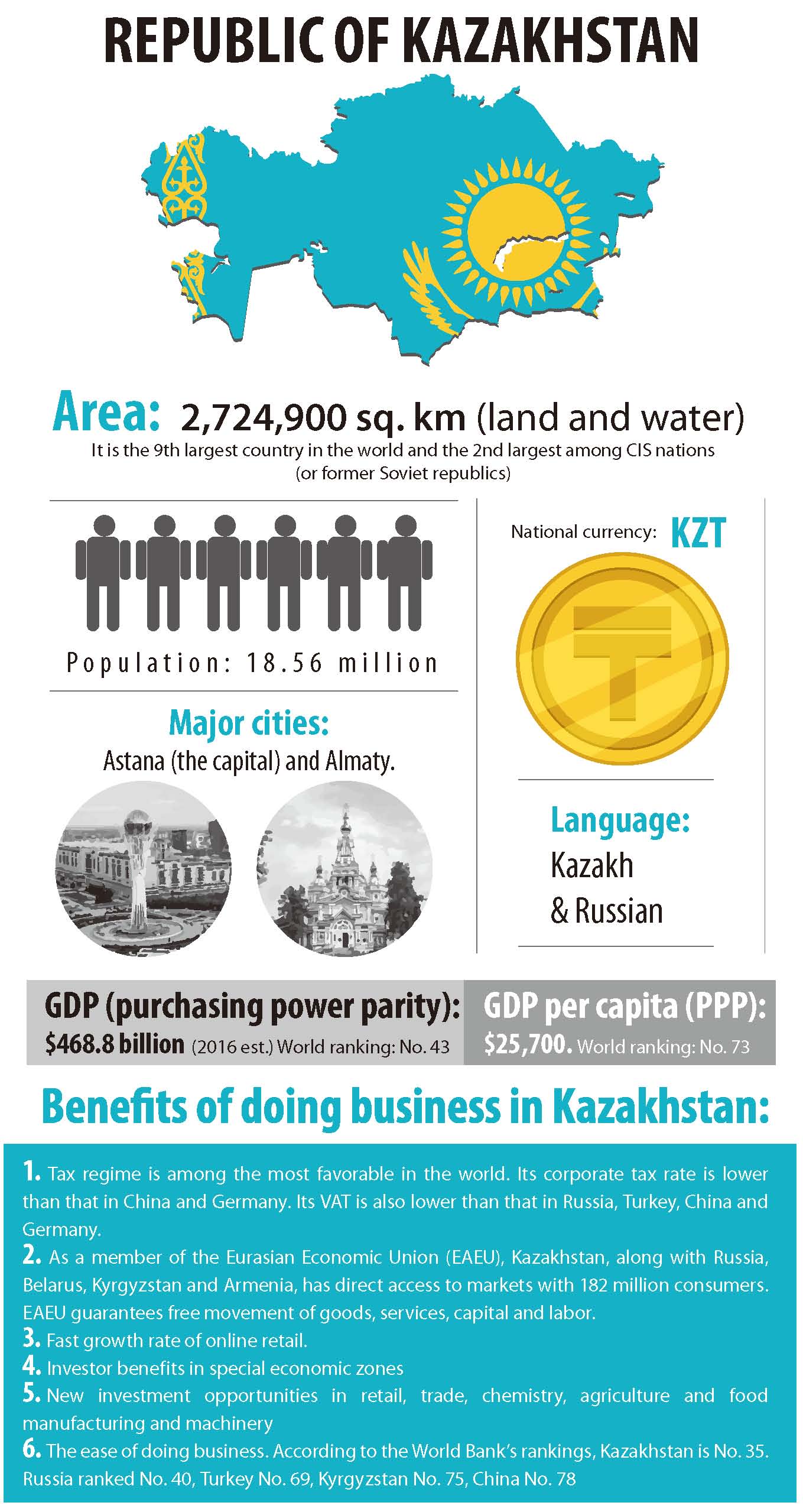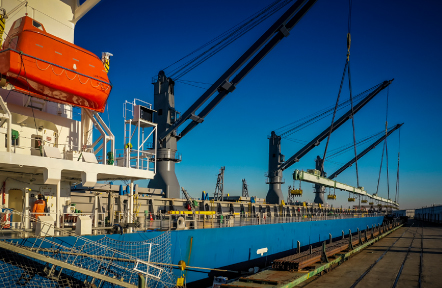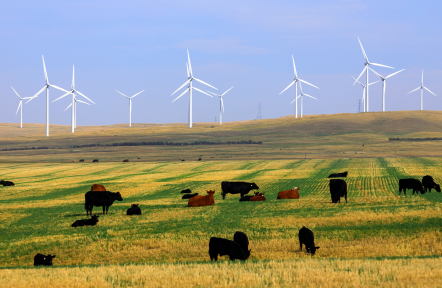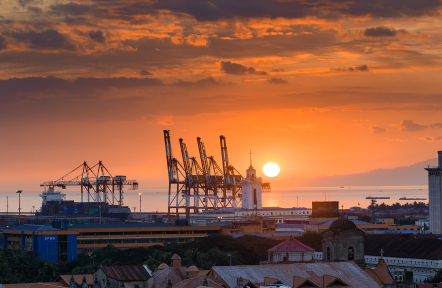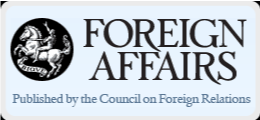Kazakhstan is relishing its new status as a regional economic and political power. The 26-year-old republic has known only one leader in the figure of Nursultan Nazarbayev, whose daunting task was to rebuild the country’s economy and integrate it with the rest of the world after it declared independence from the erstwhile Soviet Union in 1991.
In the international arena, Kazakhstan’s growing political clout is best exemplified by its role as an intermediary in the Syrian peace talks. Earlier this year, the country hosted

the World Expo in the capital of Astana, an event aimed at highlighting its economic and technological achievements.
“The right business approach to Kazakhstan and this region is to treat it as a frontier market, not an emerging market. The risks are high, but so are the returns,” said CEO of Globalink Logistics, Siddique Khan, who oversees the vast Eurasia territory from its regional headquarters in Almaty.
The world’s ninth-largest country, equivalent in size to Western Europe, has less than 20 million people and presents logistical challenges to businesses in which success depends on economies of scale. This, however, is a matter of perspective. The greater integration of Central Asian countries positions Kazakhstan as a springboard to the Eurasian market of 100 million people throughout six countries.
Ever since Kazakhstan declared independence, foreign companies have invested more than $260.8
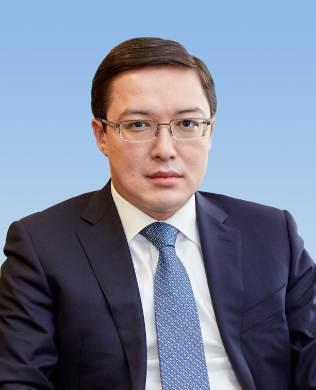
billion in the country, an indication of the trust and confidence that international companies have placed in Kazakhstan’s investment climate.
In 2017, Kazakhstan placed 35th overall in the World Bank and IFC ranking of ease of doing business, an impressive feat considering that the young country fell one notch behind Japan, the world’s third-largest economy.
However, the country’s economy is still dependent on mining. In 2015, Itochu Corp., in partnership with Kazakhstan’s Dala Mining, started construction of a mining and metallurgical plant for the extraction and processing of tungsten-molybdenum ores at the Koktenkol field in the Karaganda region.
“Japanese companies supply Kazakhstan with mining equipment. In particular, the enterprises of the mining-metallurgical of Kazakhstan use the equipment of Komatsu, Hitachi, Mitsubishi, Toyota and other Japanese machine-building companies,” said Nikolai Radostovets, executive officer of the Mining and Metallurgical Association of Kazakhstan.

Cooperation between Kazakhstan and Japan in nuclear energy has also developed strongly. State-run uranium processor KazAtomProm has established various enterprises with the participation of Japanese capital, among them Kharassan, a partnership with Japanese trading giant Marubeni.
“We are one of the first Japanese companies that saw the potential of Kazakhstan back in 1993. Our trust in the market has paid off in successful projects that range from mining, oil and gas and energy. We see infrastructure as the next promising sector, and we are committed to developing the country with Japanese technology,” Marubeni Astana General Manager Ken Ando said.
Kazakhstan is said to have mineral deposits that cover most of the elements in the periodic table and is well known to have a highly developed mining sector. Thus, the sector has nurtured a large number of well-trained mining engineers and geologists. However, Nicholas Bridgen, CEO of Ferro-Alloy Resources, Ltd., pointed out that the sector’s post-independence performancehas been disappointing.
“The mining industry has been overshadowed by the much larger oil industry, which drove legislation in a direction that made Kazakhstan a relatively unattractive destination for mining investment and gave it a relatively uncompetitive exchange rate,” Bridgen said.
But, the slump in oil prices and devaluation of the currency last year made Kazakhstan a very low-cost country to operate in, forcing the country to propose changes in existing laws that would bring the industry in line with international practice.

The proposed changes should put Kazakhstan into a very attractive position for inward mining investment. The international share prices of many Kazakhstan-based mining companies already reflect the increasingly competitive position of Kazakhstan. The listing of Ferro-Alloy Resources Ltd., with its massive vanadium deposits, later this year in London will be a new test for the appetite of overseas investors.
While Kazakhstan’s extractive and hydrocarbon sectors will dominate the country’s GDP for the foreseeable future, the government has enacted new laws and initiatives to diversify the economy and further cushion it from shocks in the commodities market.
The Kazakh government has stepped up efforts to strengthen the country’s financial sector. After Russia, Kazakhstan enjoys the greatest financial depth in the Eurasian market. This will be further strengthened when the Astana International Financial Centre (AIFC) goes online by 2018. The AIFC aims to become a core of Kazakhstan’s financial infrastructure and leading center of financial services in the region.
“For the first time in the post-Soviet era, the AIFC will introduce English common law_ in its territory as away to integrate its activities into the global market. Our paramount task is to assuage investor worries, particularly those who are new to the market,” said AIFC Managing Director Sayasat Nurbek.
In a bid to demonstrate Kazakhstan’s agility, banks are pouring millions of dollars in digitalization. Bank of Astana, considered an upstart in the banking sector, recently won an award as the country’s best digital bank.
“We are responding to the rapidly changing Kazakh mentality when it comes to customer service and their openness to innovative products. Industry bodies and surveys consistently rated Astana Bank’s mobile applications as the most user-friendly. We are not simply responding to what the market wants, but we are also actively shaping consumers’ expectations of what high quality banking services mean,” said Bank of Astana CEO Iskender Mailibayev.

Kazakhstan is also rapidly developing its transportation and communications networks to the country’s far-flung regions. Additionally, the country’s tourism sector is set to benefit from the government’s infrastructure spending spree.
“We see that many tourists are looking for outdoor and experiential activities, rather than simple shopping and sightseeing. Almaty, which is Kazakhstan’s commercial capital and the region’s most cosmopolitan city, is a convenient staging point for Silk Road tours that snake through five countries,” said Rixos Almaty General Manager Makhmut Zharimbetov.
“We strive to show a sampler pack of activities to business and leisure travelers, such as horse-back riding, golf and exclusive helicopter tours,” added the general manager of the five-star hotel.
Meanwhile, the country’s flag carrier is making its own contributions to the improvement of the tourism sector.
Starting with a fleet of only three aircraft in 2002, Air Astana now flies 65 commercial routes around the world. It has won Skytrax’s Best Airline Award for Eurasia and India six times.
“Bringing the world to Kazakhstan is our national duty. Just last year, our international passenger traffic increased by 22 percent. This is an indication of the region’s growing extended home market, and the world is taking notice,” said Air Astana Senior Vice President Ibrahim Canliel.
“A direct flight to Tokyo is on our radar, given the Kazakh people’s affinity for the Japanese brand and its culture. Our experience with establishing flights to Seoul, Hong-Kong and Bangkok has shown that Kazakhstanis will go to places where there are direct routes. It goes without saying that Eurasia presents new, exotic experiences to Japanese travelers looking for something different. We have no doubt that Air Astana will deliver the omotenashi hospitality culture that Japanese expect of a top notch carrier,” Canliel added.
The big question for Kazakhstan is not how it should react to global upheavals, or how many major economies, such as Japan, have the appetite high risks and high returns. Rather, the land-locked country straddling two continents can show others how to surmount constraints of geography and distance.
